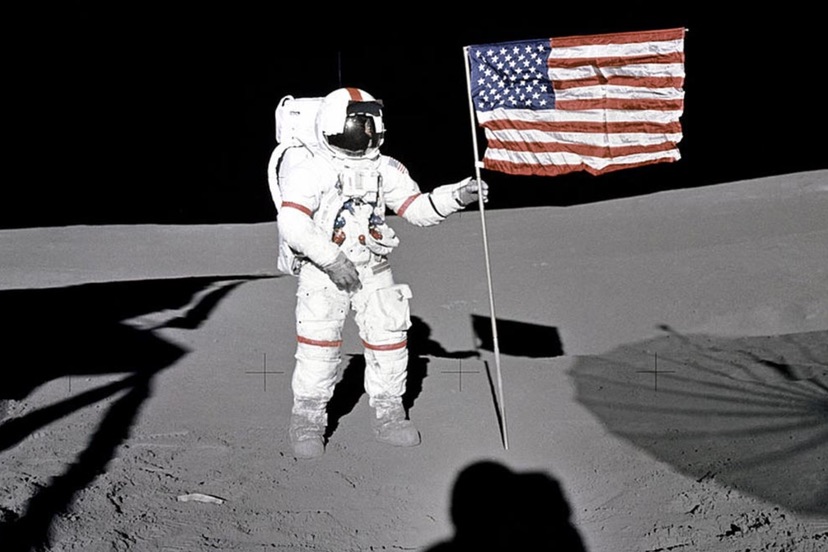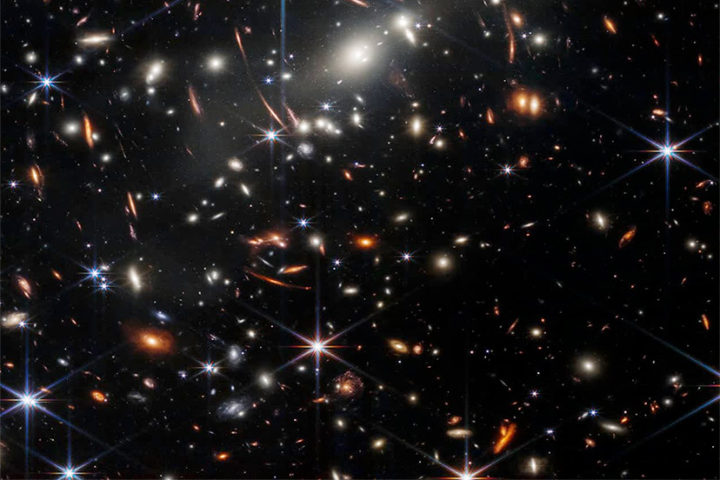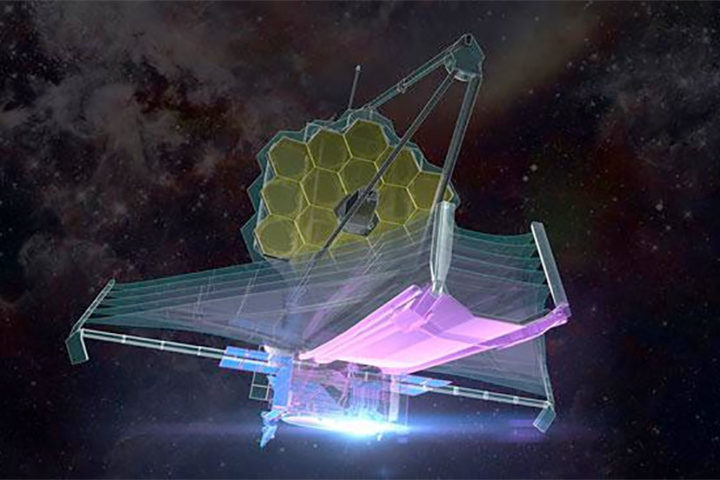When I was a kid, growing up in the 1970s, I fully expected men to be visiting Mars by the time I graduated from college. Men were already walking around on the moon, planting flags, taking scenic photographs, assembling a valuable rock collection, and doing all the things you would normally do on a vacation in a completely desolate, airless, waterless desert.
(If you flinched at the word, “vacation”… please take note of the shadow just to the right of the flag pole in the NASA photo, above. If that’s not the shadow of a beach umbrella, I don’t what is.)
We note that these were “men” walking on the moon. In my experience, inviting women on a vacation to an airless, waterless desert is a recipe for strife and, potentially, a failed relationship.
With that in mind, I did not expect to see women walking on Mars by the time I graduated from college. I was just a kid, but I wasn’t stupid.
Of course, I also thought I would own a Corvette by the time I graduated from college. So maybe I was stupid.
At any rate, the Daily Post ran a fine, upbeat article yesterday, written by Winslow Myers, about the first images from the James Webb Space Telescope (affectionately known by its designers and engineers as ‘JWST’.)
Here’s one of those initial photos, showing how the distant universe looks, when viewed in infrared light. The bright shapes are stars and galaxies. The black space in between is “space”. The universe is mostly “space”, but we tend to focus on the stuff that gives off infrared light.
Darlene and I used to have an infrared lamp in our bathroom, which made the room pleasantly warm. But the bulb burned out and we never replaced it.
Supposedly, the infrared light from some of these far distant galaxies took 13 billion years to reach us, even traveling at 186,000 miles per second. These are the kinds of celestial objects that put the “far” into “far distant”.
We can safely bet some of these galaxies have burned out and never been replaced.
President Joe Biden released the first image from the JWST in a ‘sneak preview’ on July 11.
“These images are going to remind the world that America can do big things,” the President stated. “And remind the American people, especially our children, that there is nothing beyond our capacity. Nothing beyond our capacity.”
Except for walking on Mars. Our president forgot to mention that little issue.
Today’s American children will have to settle for photos of 13-billion-year-old infrared dots.
When God made the earth, He didn’t really want humans to know about distant galaxies, so He wrapped the earth in a dense atmosphere of mostly nitrogen and oxygen, which served to hinder detailed observations of the stars and nearby planets. It wasn’t until 1924 that scientists began to talk seriously about ‘galaxies’ — star communities similar to our own Milky Way — as something other than a crazy theory.
Now it turns out, galaxies are practically everywhere, cluttering up the images from space telescopes.
I can’t say why God didn’t want us to know about galaxies. I honestly don’t understand a lot of what He did when he made the earth. Like, for example, skunks. Why did we need skunks?
But that’s off the topic. We’re talking about space telescopes, like the JWST, which is now orbiting the sun at a distance of 1.5 million miles from Earth, safely outside our troublesome atmosphere, snapping photos of things that probably burned out billions of years ago.
The JWST doesn’t look anything like the telescope my parents bought me for my 12th birthday. It looks more like something a six-year-old would make out of Legos. But somehow, it has started generating infrared images of how various corners of the universe looked shortly after the Big Bang. (Using the word ‘shortly’ in a relative sense.)
Scientists theorize that the Big Bang happened approximately 13.8 billion years ago. For folks who believe in evolution — survival of the fittest, and constant genetic improvement, and so forth — this would indicate that we’ve had 13.8 billion years to evolve.
You might think, after 13.8 billion years of evolution, we could do better than Joe Biden and Vladimir Putin.
You might think, we’d have space telescopes that didn’t look like Lego constructions.
You might think, we would already have men walking on Mars. (But maybe not women.)



